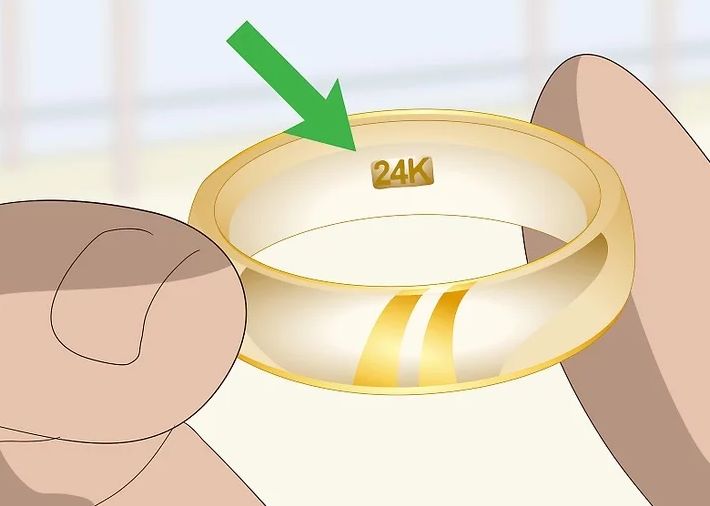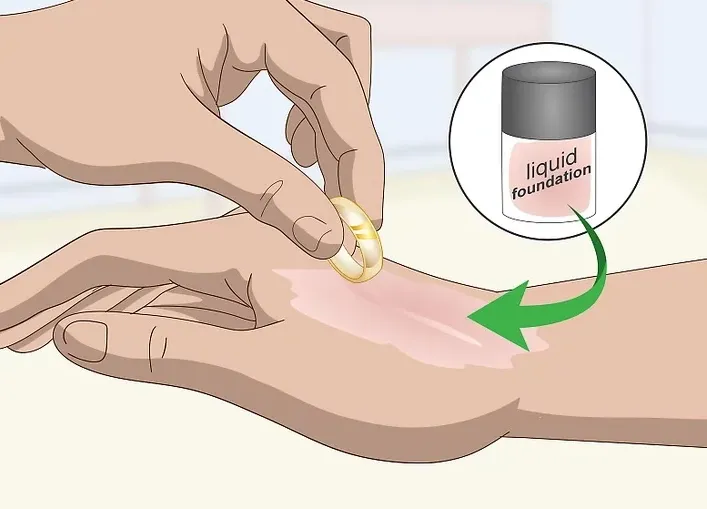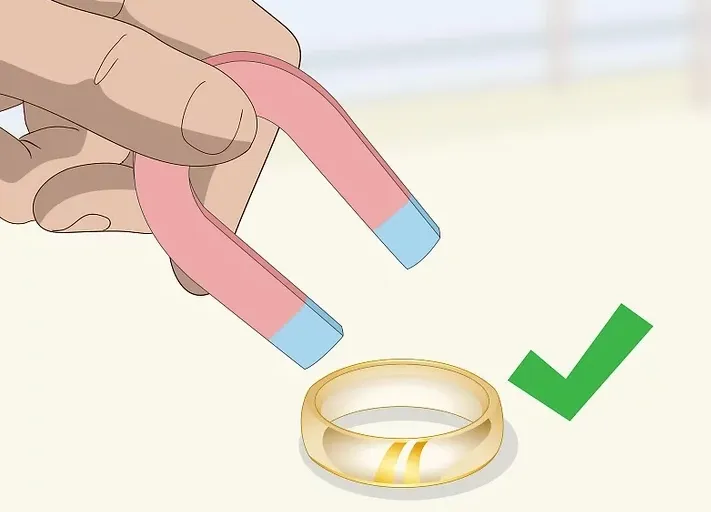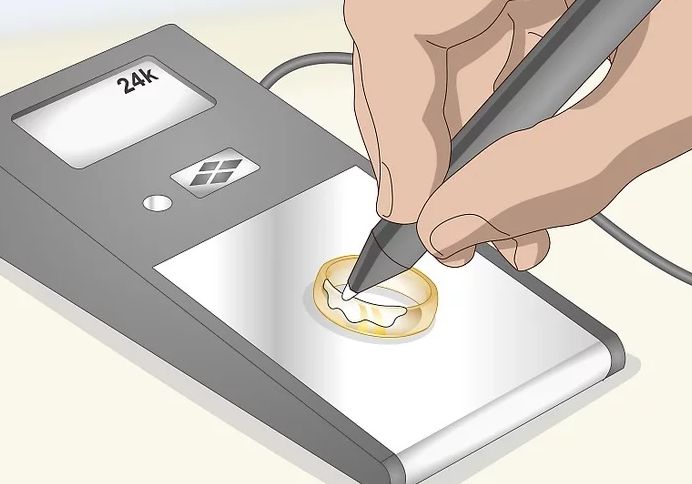How to Tell If Gold is Real?
Gold-plated and coated gold is similar to the real gold in appearance, which means you may spend a lot of money on a cheap piece of “gold” jewelry. We’ll show you how to test real gold in simple steps at home.
The Stamp Test

A piece of gold jewelry is often engraved with a hallmark, which is a stamp that identifies its content or manufacturer. The mark usually appears in an inconspicuous place, such as the inside of a ring. Standard purity scales are based on carat and millennial fineness. The iconic test, also known as the magnifying glass test, is a great place to check if your gold is real. Markings include:
- Effective purity numbers under the Karat system (e.g. 8k, 9k, 10k, 14k, 15k, 18k, 20k, 21k, 22k, 23k, and 24k)
- Effective purity numbers under the Millennium Fineness System (333, 375, 417, 583 or 585, 625, 750, 833, 875, 916, 958, and 999)
- False purity number (anything other than the above)
- Manufacturer (e.g. ESPO for Esposito, etc.)
The logo shows the purity of the gold and the level of the manufacturer to enhance the authenticity of the piece. It also makes gold easier to identify and verify. But since anyone can engrave any logo of their choice, this level of testing is not 100% foolproof. Not all real gold jewelry has a logo. For example, old jewelry may have original markings that have been worn out.
Letter Markings
Any gold marked as less than 10k (41.7% purity) is considered fake. Remember the following tags:
- GP-Gold Plated
- GF-Gold Filled
- GE-Gold Electroplated
- GEP-Gold Electro Plated
- HGP-Heavy Gold Plated
- HEG-Heavy Gold Electroplated
These markings indicate that only a small percentage of gold was used to cover a piece made of some other metal to give it the appearance of gold.
Test Gold with Liquid Foundation

Apply a thin layer of liquid foundation to your hands. When the foundation has dried, rub the gold jewelry back and forth with your hands. If the jewelry leaves a black track on the makeup, you probably have real gold. If not, the jewelry may be gilded or other metal.
Test Gold with the Magnet

Place a strong magnet next to a piece of gold and observe the reaction. Gold is not magnetic, so there should not be any attraction to the magnet. If there is, you most likely don’t have real gold. However, you can get false readings since some base metals mixed with gold are also non-magnetic. Testing is not foolproof, so it’s best to do it together with another, more accurate testing method.
Floating Test
Just place the pieces in a water container. Gold is dense. If it doesn’t float or hover at the bottom of the container at all, you may have real gold.
Use an Electronic Gold Detector

You can buy electronic gold detectors online or in jewelry stores. To test, a conductive gel is applied to the jewelry. The gel is usually available at the same place where the gold detector is purchased. After applying the gel, aim the probe at the jewelry and move it back and forth. The metal’s response to an electric current can indicate whether it is pure gold. When using the detector, strictly follow the instructions. Gold has better conductivity, so pure gold jewelry shows higher readings than gold-plated jewelry on the machine.
Using a Lighter to Test Gold
Prepare a lighter with a constant and observable flame. You also need to make sure that you have the lighter well fuelled with the lighter fluid and no other kind of fuel. Jewelry can be hung on any other sheet of metal that will not burn or melt. You can also use pliers, as long as the ends are covered, to minimize the risk of damaging the jewelry. Place the gold jewelry next to the flame. Place the flame next to the jewelry for a minute, then observe and notice any changes in the gold jewelry. If a gold coin darkens, it may be a piece of gold-plated jewelry rather than being made of real pure gold. If it does not change color or obtain a brighter yellow sheen, then it is made of real gold.
Above is how you can tell if it is real gold at home. While they are all relatively accurate, none are 100% certain. So the best way is to have an experienced and reputable jeweler evaluate it for you.
